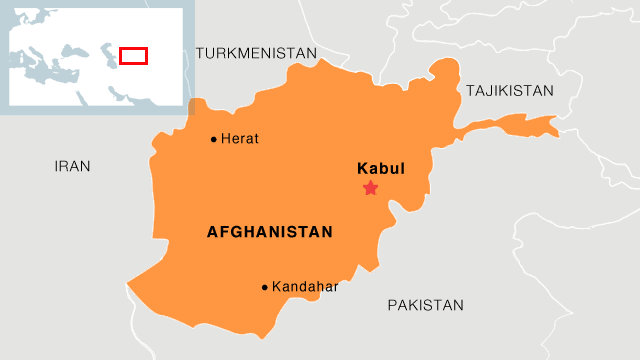
The matter of legitimacy in Pakistan is a sensitive subject and perhaps that is one of the reasons that I've never really been drawn into a protracted discussion on the Durand Line. However, in the same way I see India as a broader historical entity than a supposed 'Hindu' country that begins in 1947 at the Wagah Border, I think it is natural to consider my identity as a Pashtun in the broader sense; that is Afghanistan as a natural homeland and in the historic and etymological sense, Pashtun = Afghan.
It is this view of historical identity that is a sensitivity in Pakistan and is key in shaping its foreign policy. In Pakistan, the simplified version in their school textbooks is that
they were carved out of British Indian territory in 1947 as a Muslim
homeland. However, that would be the story for less than half of modern Pakistan, as Pakistan did not comprise Indian
territory alone. Afghan territory (the
Frontier/North West Frontier) under the Durand Agreement of 1893 ceded to British India was also included in Pakistan in 1947. The Durand agreement between Moritmer Durand and the Amir Abdur Rahman Khan remains heavily disputed - the claim being that it was 'forced' under duress.
To date, the Durand Line which bisects the
historic Pashtun lands remains toxic to security and
economic advancement in the region. Afghanistan has never recognised it as an international boundary. Pakistan's Afghan policy, on the other other hand, has been shaped by military
generals who have attempted to distract regional nationalism amongst the
Pashtun and
Baloch by backing militant groups; even
when this runs counter to their own domestic security. That said, despite Islamabad's bankrolling of the Afghan Taliban, the Durrand Line was not ratified as an international border during the Taliban's watch in the 1990s. This however, hasn't appeared to have changed Pakistan's policy pursuit - international
commentators note that Islamabad is ready to tolerate the domestic Taliban in order to keep alive its strategic depth policy
in the aftermath of
NATO's withdrawal.
Afghan foreign policy still views Pakistan as artificial
construct that will one day dissolve in the face of the multiple
conflicts within its society. A similar point was echoed to me last year in Kabul when I met with senior members of the Afghan administration.
The disputes in the region remain territorial based on past histories. There is another aspect - one of identity which ultimately many fall back into - that cannot be ignored. One day NATO will have to go. And so it should. However, consider this comment from the LA Times:
A plausible scenario upon the large-scale departure of
international troops in 2014 is either disintegration into civil
conflict or a de facto division of power along ethnic lines, with a
Pakistan-backed Pashtun bloc in the south and east lining up against one
or more northern non-Pashtun blocs that might well gain military
support from India and Uzbekistan, if not Iran. Recent signs indicate
that many key players are already rushing to consolidate their positions
within this framework, already operating, for all intents and purposes,
in a post-2014 world.
No comments:
Post a Comment